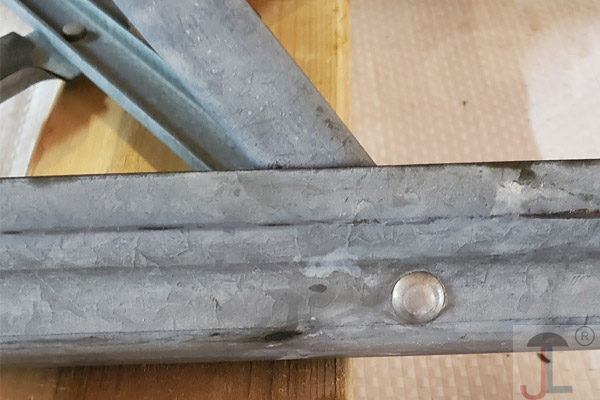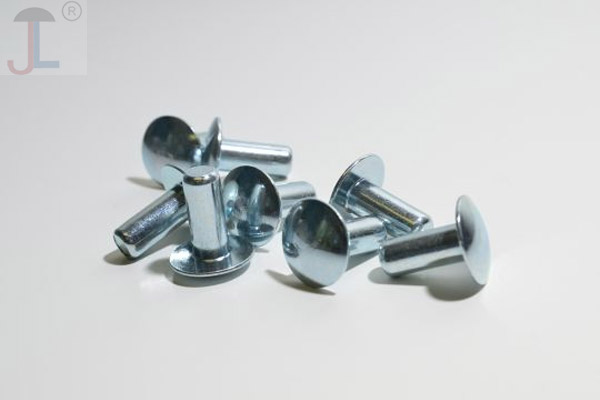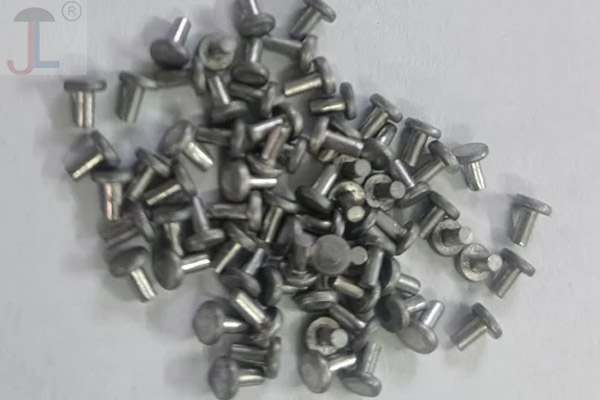but there are a few important caveats you’ll want to consider before going that route:

1. Galvanic Corrosion Risk
Aluminum sits well above steel on the galvanic series, meaning it’s more “active” (anodic) than steel. When two dissimilar metals—especially aluminum and steel—are in electrical contact in the presence of an electrolyte (water, salt spray, humidity), the aluminum will corrode preferentially.
-
Mitigation:
- Apply an insulating barrier between the rivet and the steel (e.g. nylon or rubber washers).
- Use a quality primer or sealant on the steel before riveting, and consider a corrosion‐inhibiting rivet coating (e.g. clear epoxy or chromate conversion).
- Ensure good drainage and avoid trapping moisture around the joint.
2. Strength & Load Considerations
Aluminum rivets typically have lower ultimate shear and tensile strengths than steel or stainless‐steel rivets. If your assembly sees any significant shear, peel or tensile loads, aluminum rivets may deform or fail prematurely.
-
When it might be OK:
- Light‐duty panels or housings (e.g. decorative trim, non‐structural covers)
- Indoor use in a dry environment
-
When to avoid:
- Structural joints or heavily loaded assemblies
- Vibration‐intensive applications (where rivets may “work” loose over time)
3. Differential Thermal Expansion
Aluminum expands and contracts more than steel as temperatures change. In assemblies exposed to wide temperature swings, aluminum rivets may work loose or introduce stresses at the edge of the hole. If your application sees frequent or extreme temperature shifts, you may need to use rivets with built‐in locking grooves, or choose a more thermally compatible fastener.
4. Best Practices & Alternatives
- Insulate the Joint: Use non-conductive washers or sleeves to keep the aluminum off the steel.
- Seal Against Moisture: Coat both parts with a waterproof primer or seam sealer.
- Use Structural Aluminum Rivets: These have higher strength alloys (e.g. 2024-T4, 7050-T73) versus common 1100 or 3003 grades.
- Consider Steel Rivets or Stainless Steel Rivets: If corrosion resistance and strength are priorities, switch to a stainless‐steel rivet (e.g. 316 SS) or a galvanically compatible alloy.
Need Strong, Lightweight Fasteners? Click to Order Aluminum Rivets



